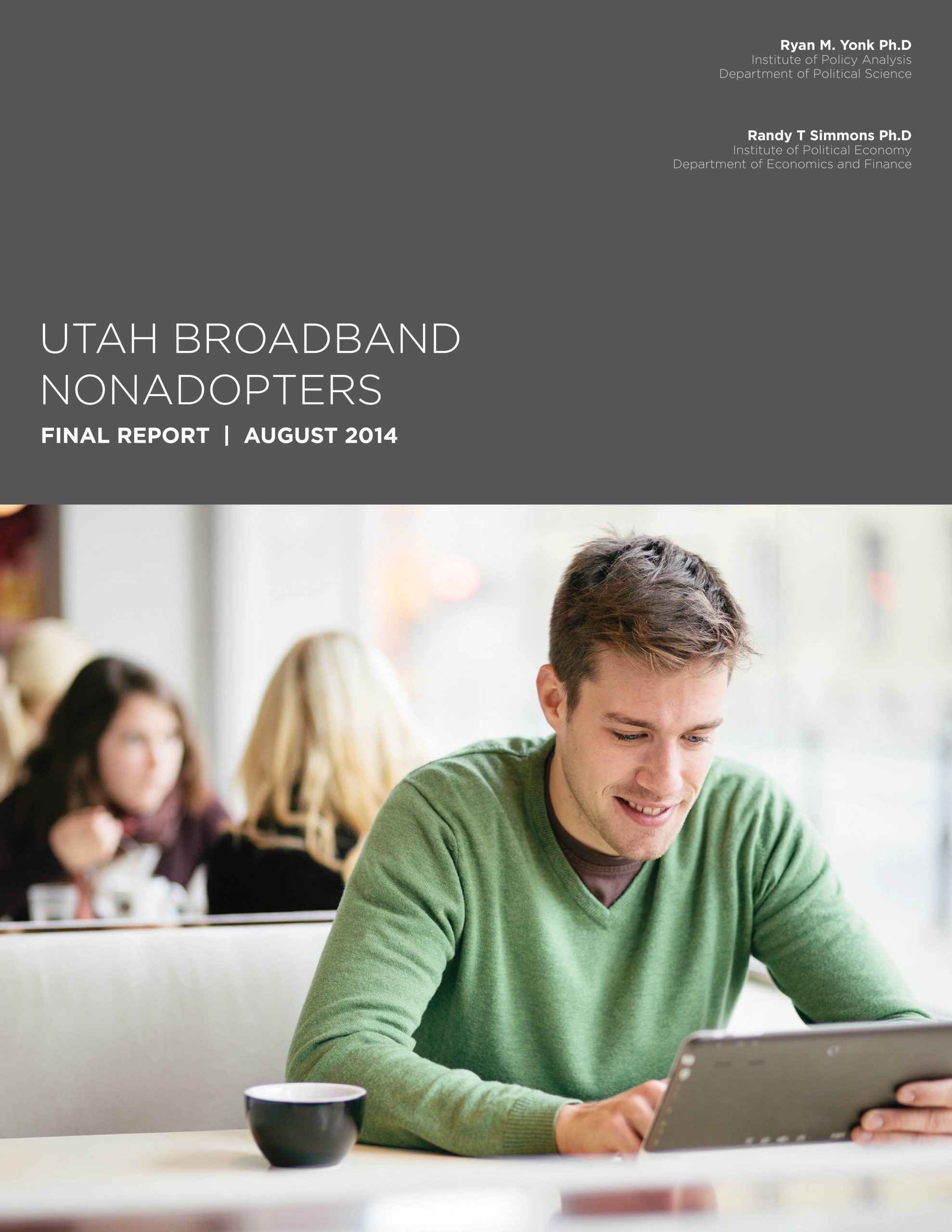 The results of a 2015 survey that Pew Research Center conducted concluded that 15 percent of U.S. adults do not use the Internet for various reasons: the top three being lack of interest, difficulty in understanding how to use the Internet, and the cost of service or computers.
The results of a 2015 survey that Pew Research Center conducted concluded that 15 percent of U.S. adults do not use the Internet for various reasons: the top three being lack of interest, difficulty in understanding how to use the Internet, and the cost of service or computers.
In the analysis, Pew outlines that over the last three years the percentage of Internet non-adopters has remained relatively the same but that since the turn of the century, that percentage has dropped dramatically from 48 percent of American adults who did not use the internet. The analysis also correlates Internet non-adoption to age, educational attainment, household income, race and ethnicity, and community type. According to a 2013 survey, one third of the 15 percent said they lacked interest, another third said it was too difficult, and 19 percent said their non-adoption was due to expense.
The Pew analysis also revealed that 39 percent of U.S. adults who do not use the internet are 65 or older, 25 percent have an income less than $30,000 and are eight times more likely than affluent adults to not use the internet, 33 percent have less than a high school diploma, and 24 percent are considered rural. The analysis also indicated that rural Americans are “about twice as likely as those who live in urban or suburban settings to never use the Internet.”
 Last year, the Broadband Outreach Center conducted a non-adopter survey which can be found here. The Utah study also found that lack of interest and difficulty using the computer were among the top reasons for nonadoption; however in Utah, there was less correlation between nonadoption and age, educational attainment, and household income.
Last year, the Broadband Outreach Center conducted a non-adopter survey which can be found here. The Utah study also found that lack of interest and difficulty using the computer were among the top reasons for nonadoption; however in Utah, there was less correlation between nonadoption and age, educational attainment, and household income.
 Another study conducted by the Utah Broadband Outreach Center in 2011, showed that in Utah, rural and urban residents had similar adoption rates, which varies from the national trend.
Another study conducted by the Utah Broadband Outreach Center in 2011, showed that in Utah, rural and urban residents had similar adoption rates, which varies from the national trend.